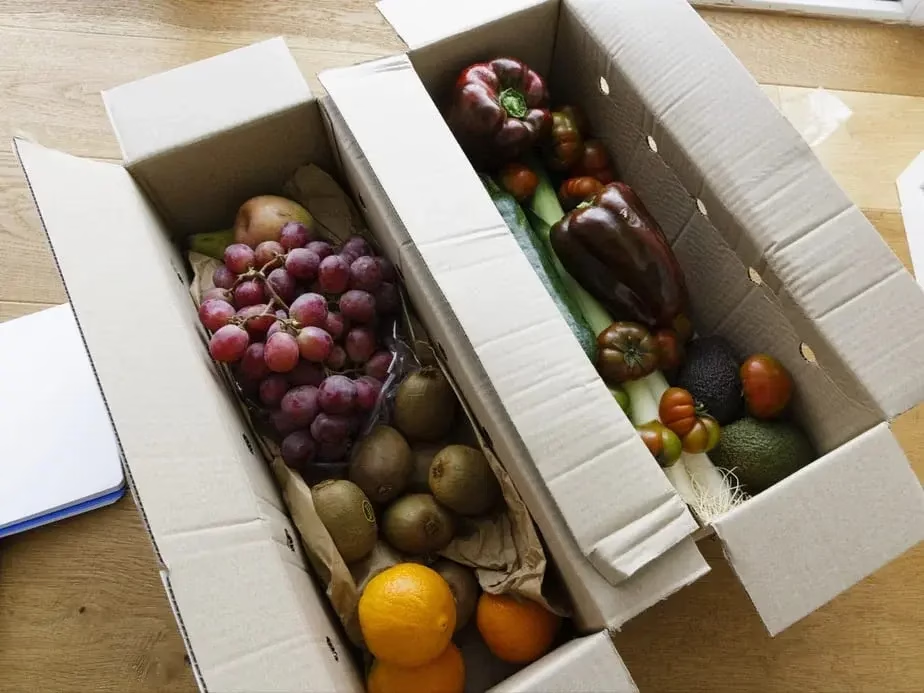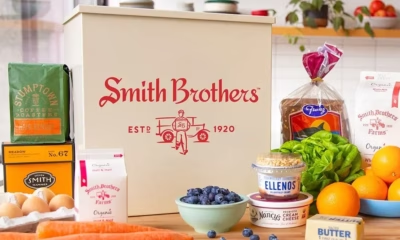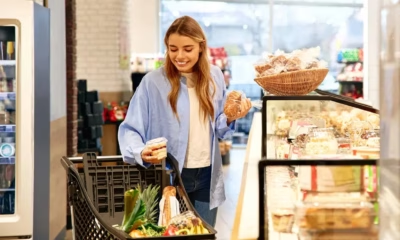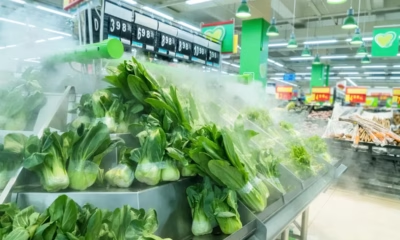Fresh Produce
How to Deliver More Value to High-Spending Produce Shoppers

How to Deliver More Value to High-Spending Produce Shoppers
Understanding the Behavior of High-Spending Produce Shoppers
Catering to high-spending produce shoppers is essential for increasing produce sales and boosting overall store performance. These engaged customers drive more frequent purchases and often seek variety, freshness, and value.
However, this group is not uniform. Different age groups, regions, and cultural backgrounds influence their produce preferences. Boomers, for example, shop produce departments more often and buy in larger volumes, but their tastes vary by region and ethnicity.
To truly connect with high-value produce buyers, retailers must recognize and adapt to their evolving expectations. Offering tailored experiences can improve satisfaction and build loyalty.
Appeal to Their Desire for Variety and Frequency
Customize Produce Selections for More Eating Occasions
High-engagement shoppers frequently buy produce for multiple uses. Strawberries, for instance, may serve as snacks, smoothie ingredients, or breakfast toppings. These shoppers appreciate diverse offerings that suit different occasions and meals.
As Anne-Marie Roerink of 210 Analytics explains, offering more fruit and vegetable choices directly supports higher consumption. “Variety and high consumption go hand-in-hand,” she said. Shoppers want excitement, and repetitive selections may lead to boredom and fewer purchases.
Regional and cultural preferences also shape buying habits. Red potatoes dominate in the Southeast, while yellow and golden varieties sell better in the Midwest and West. Recognizing and acting on these trends helps retailers meet customer demand more precisely.
Strengthen Connections Through Personalization
Use Data to Tailor Promotions and Experiences
Although they spend more, high-spending produce shoppers often prioritize deals. Many cherry-pick promotions across multiple stores. To win their loyalty, retailers should personalize their digital outreach.
For example, apps and emails can highlight items a shopper regularly buys when they go on sale. These targeted promotions create convenience and show the customer that the store understands their needs.
David Sherrod of SEPC notes that these customers are also curious. They’re open to trying seasonal produce, discovering new recipes, or exploring fresh ways to use familiar items. This makes them the perfect audience for innovation and education.
Loyalty Drives Long-Term Growth
Invest in Ongoing Engagement Strategies
Even with strong engagement in the category, high-spending produce shoppers don’t always stay loyal to one retailer. Roerink emphasizes the challenge of building lasting loyalty, especially when purchase frequency is high but volume per trip is low.
That’s why a focused loyalty strategy is vital. Delivering consistent value, offering exclusive perks, and maintaining strong digital communications help retain these key customers.
Ultimately, securing loyalty among high-spending produce shoppers benefits the entire store. When these customers are satisfied, their baskets grow—and so do store sales.




















